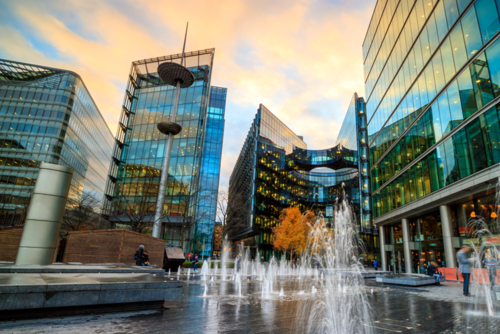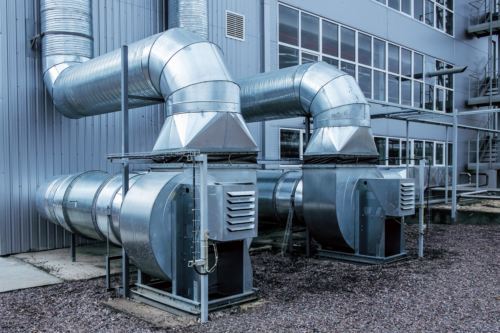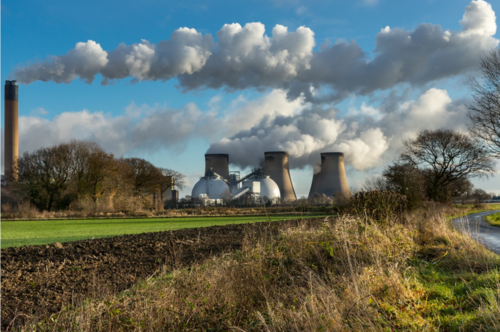Building Safety Act becomes enshrined in law, but will it include significant change for indoor air quality?
In response to the Grenfell Tower tragedy, the Government’s Building Safety Act 2022 has now received Royal Assent and has been enshrined in law. The Act is intended to ‘create lasting generational change’ to the way in which high-risk and high-rise buildings are both constructed and maintained.
The Act includes the introduction of a Building Safety Regulator within the Health and Safety Executive to monitor compliance with the new requirements, and a New Homes Ombudsman to provide independent redress for new build property buyers experiencing problems. The Act will also look to implement a raft of new measures designed to protect leaseholders from the costs of historic building safety defects.
The expected changes to ventilation regulations, as part of the Act, will aim to improve indoor air quality and reduce the spread of airborne viruses in new non-residential buildings. This will include the regulatory use of CO2 monitors and additional standards for recirculating ventilation systems in new offices. It is expected that existing buildings will also be required to monitor indoor air quality and take appropriate action to improve ventilation and indoor air quality. Most of the provisions in the Act are expected to take effect in 12-18 months’ time and will be supported by detailed regulations and guidance yet to be published.
In addition to the Building Safety Act, the recently updated Building Regulations amendments to Approved Documents - Part F (Ventilation), Part L (Conservation of fuel and power), and Part O (Overheating), are intended to help reduce carbon emissions by 30 percent for new builds and 27 percent for commercial buildings and come into force in June this year.
Regulations on the ventilation of occupied commercial buildings already exist and are expected to be further strengthened. Currently, air from outside a building must be drawn in and circulated to reduce the level of carbon dioxide that can build up throughout the day. This incoming air needs to be cleaned of nitrogen dioxide (NO2) and PM1 and PM2.5 particles before it can be introduced into the building, to dilute and ultimately displace the inside air along with its pollutants. As air pollution is made up of both particles and gases, there are two types of filters needed to deal with them, particle filters and activated carbon filters, each with its own technical standard.
Studies undertaken during the recent pandemic, not only proved that virus transmission is mainly via airborne aerosols, but also highlighted that many buildings are not well ventilated even though guidelines and regulations have been in place for many years.
The Building Engineering Services Association (BESA) recently published Buildings as Safe Havens, a very useful guide on how to achieve and maintain good indoor air quality (IAQ) in commercial buildings.
Professor Cath Noakes, in her foreword to the guide, said, “The recommended ventilation rate of 10 litres per person per second of clean air is likely to be very effective for protecting health and well-being, but many buildings fail to achieve this level.”
BESA advises building managers to measure and monitor, relative humidity (RH), ventilation rates, the possible build-up of mould, temperature, CO, CO2, VOCs, PM, NO2, NOx and Radon gas, to create safe indoor environments for building occupants. More on indoor air quality monitors here.
In January this year, the British Standards Institution (BSI) published ‘BS 40101:2022 Building performance evaluation of occupied and operational buildings’ in a bid to standardise the process of evaluating how buildings perform to be able to effectively improve building efficiency and the quality of indoor environments.
To sum up, the Building Safety Act will quite rightly focus on fire safety in buildings but is also expected to regulate building ventilation, to help prevent the spread of airborne viruses and lessen the impact of future pandemics. A welcome outcome of improved ventilation laws will be better indoor air quality in general, helping make buildings ‘safe havens’ while Governments across the world concentrate on reducing greenhouse gas emissions and cleaning up our outdoor air.
As published in Air Quality News
Latest Articles
How the Internet of Things (IoT) is revolutionising building energy efficiency
Read More >Choosing the right green building certification
Read More >How AI technology is helping reduce energy consumption and carbon emissions in commercial real estate
Read More >What will be the response to spiralling energy prices and will it benefit or harm air quality
Read More >



